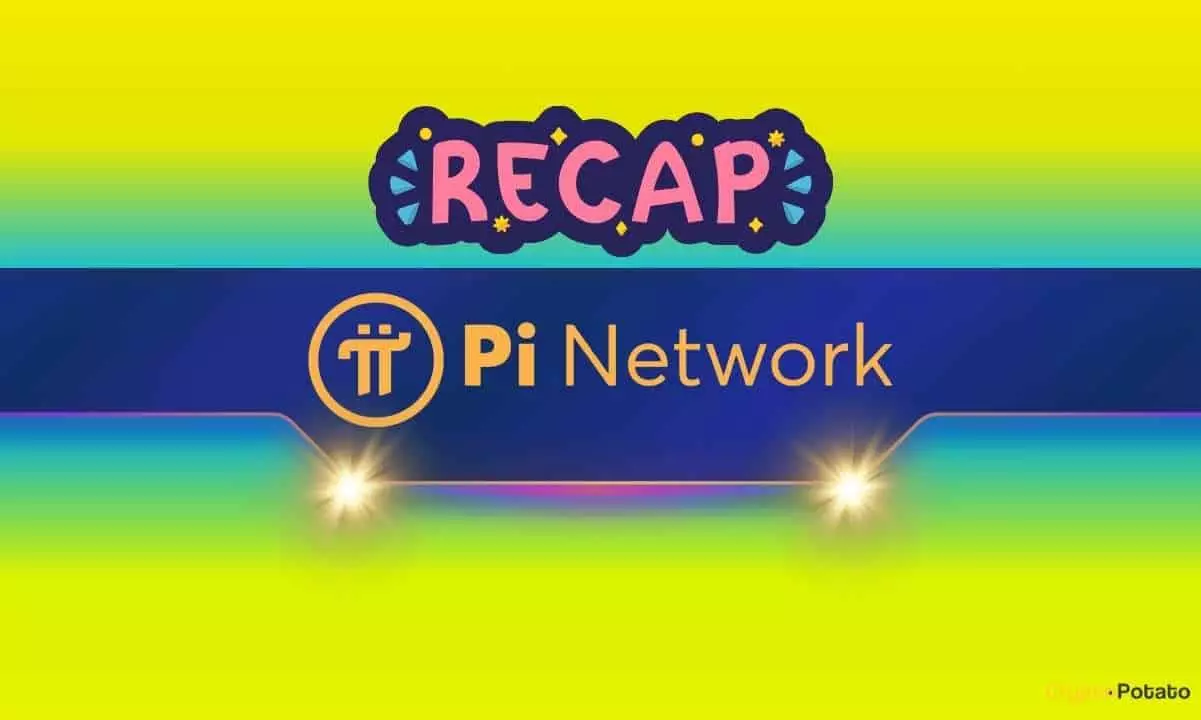The Pi Network recently made headlines by extending its deadlines for the Know-Your-Customer (KYC) and mainnet migration processes to November 30 and December 31, 2024, respectively. This unexpected shift left many community members feeling frustrated and skeptical, raising questions about the viability and future of the project. For a platform that has aimed to democratize cryptocurrency mining through accessible smartphone applications, the lack of clarity regarding its mainnet launch and the native token’s availability continues to fuel doubt among its users.
Originally, the Pi Network had set ambitious timelines that were designed to build excitement and engagement within its community. More than 13 million users were reported to have successfully completed the KYC process, and over six million were acknowledged to have transitioned to the mainnet at an earlier stage. However, as the October deadlines approached, the anticipation turned to disappointment when the Pi Network team announced their change in course. Users had relied on these deadlines as a form of commitment from the Pi Core Team, and the extension not only dampened spirits but also led many to speculate about possible long-term issues with the project.
The Skepticism Surrounding the Project
Despite the Pi Core Team’s insistence on a committed timeline, skepticism looms over the project, with some community members doubting whether the mainnet will ever materialize. This uncertainty has led to accusations that the Pi Network might not be a legitimate endeavor but rather a potential scam. The belief that the prolonged delays could indicate deeper systemic issues raises serious concerns about the transparency and reliability of the network’s operations.
Moreover, social media platforms are awash with discussions questioning the necessity of extending the previous deadlines. Many users have taken to public forums to express their frustrations and share anecdotes that highlight their dwindling faith in the project’s prospects. The reality is that in the rapidly changing landscape of cryptocurrency, such perceptions can significantly influence user engagement and trustworthiness.
Adding an interesting layer to the ongoing discourse, the Pi Network has also introduced PiBridge, a decentralized financial platform that creates a nexus between the Pi Network and other blockchain infrastructures. This platform unveiled an NFT Pool that allows miners to stake their non-fungible tokens. While this initiative demonstrates the team’s desire to innovate and provide additional utilities for users, it also brings questions surrounding its practical implications and benefits.
By leveraging the NFT trend, Pi Network aims to keep its community engaged and invested in its platform, but the success of such initiatives largely hinges on the overarching context of its mainnet launch. Users are understandably hesitant to commit their assets or efforts when the foundation of the project itself seems precarious.
Despite the discontent among users, the Pi Core Team has announced plans to unveil an “open roadmap” for the mainnet, scheduled for December 2024. This communications strategy seems tailored to regain user confidence by showcasing forthcoming developments that could potentially spur trading of Pi tokens. While many in the community have expressed excitement about this announcement, it remains to be seen how effectively the team will rebuild trust among those disillusioned by prolonged delays.
Furthermore, continual engagement through podcasts and community discussions illustrates the team’s attempts to maintain dialogue and foster transparency. Events featuring notable community figures and the management team underscore a desire to keep users informed while addressing lingering concerns. However, whether these initiatives will suffice to quell the criticisms remains uncertain.
Pi Network stands at a critical juncture, beset by challenges that range from operational delays to community skepticism. While attempts at innovation and the promise of a future roadmap signal a commitment to progress, the project must navigate a contentious landscape fraught with distrust. As the community awaits the next steps, the overarching lesson may be the significance of transparency and timely communication in nurturing the trust that is paramount within the realm of cryptocurrency. Only time will tell whether Pi Network can rise above this turmoil and deliver on its grand promises.
















Leave a Reply